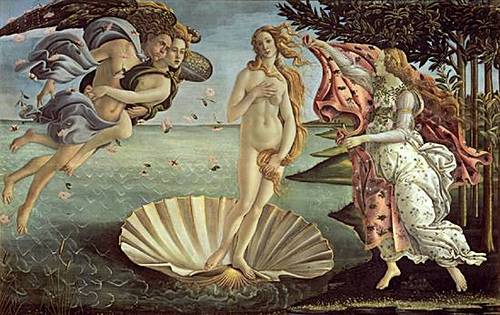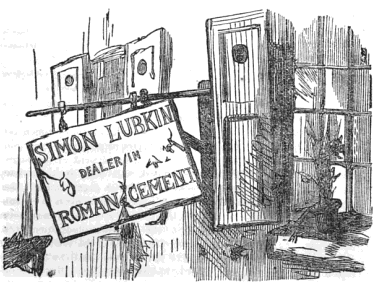
This is the most isolated tree on Earth, the “Tree of Ténéré,” a single determined acacia that grew alone for decades in the Sahara in northeastern Niger. There were no other trees for more than 400 kilometers; it was the only tree to appear on maps of the area, even at a scale of 1:4,000,000.
“What is its secret?” wondered a French commandant in 1939. “How can it still be living in spite of the multitudes of camels which trample at its sides? How at each azalai does not a lost camel eat its leaves and thorns? Why don’t the numerous Touareg leading the salt caravans cut its branches to make fires to brew their tea? The only answer it that the tree is taboo and considered as such by the caravaniers. … The acacia has become a living lighthouse; it is the first or the last landmark for the azalai leaving Agadez for Bilma, or returning.”
What could bring down such an exalted spirit? Believe it or not, it was hit by a truck. Twice. The first instance, in which a lorry headed to Bilma detached one of its two trunks, happened apparently in the 1950s. The noble tree struggled on for 20 more years before it was knocked down by an allegedly drunk Libyan driver in 1973. The dead tree was taken to the Niger National Museum in Niamey; today it’s been replaced by a simple metal sculpture. (Image (c)2001 Peter Krohn)





